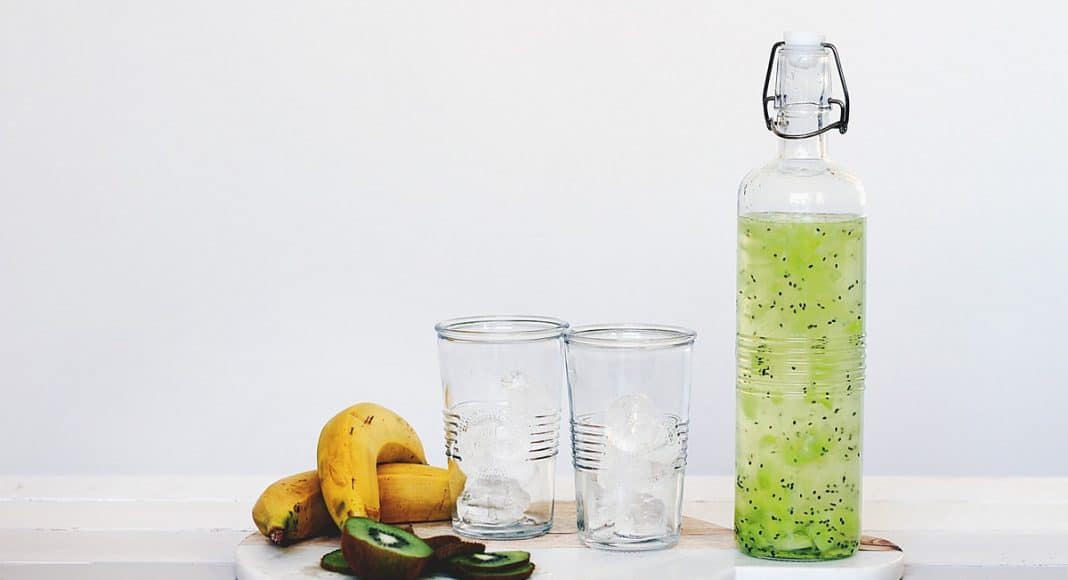If you’re thinking about trying a juice-based or juice-supplemented diet, you might want to think again: In addition to often being high in sugar, fruit and vegetable juices remove much of the beneficial fiber when they’re blended up.
“There are things that you’re going to have in the whole fruit that you can’t get into the juice,”Dr. Keith Ayoob, Associate Professor of Pediatrics at Albert Einstein College of Medicine, told ABC News about the findings of a recent American College of Cardiology study. “Also the other side is to remember that your gut is a great juicer, it just works more slowly. Let your teeth and digestive tract do what it’s supposed to do. And the fiber in fruits and vegetables is critical to a healthy diet.”
RELATED: Science Says Medical Marijuana Improves Quality Of Life
If you do have a craving for juice, remember to keep it to a small container. Sixteen ounces of apple juice reportedly contains nearly 225 calories, while the same amount “healthier” options like carrot, kale, or beet juice have over 190 calories. For comparison’s sake, 16 ounces of Coca-Cola only has 190 calories. Of course, you’re getting some nutrients with the juice that you don’t in the soda, but you should still consume them in moderation.
That said, some juices are better than others. Pomegranate juice, for instance, could help with a variety of ailments, including heart disease, inflammation, and maybe even cancer. Wheatgrass juice is packed with vitamins and minerals and is relatively low calories as is lemon juice.


